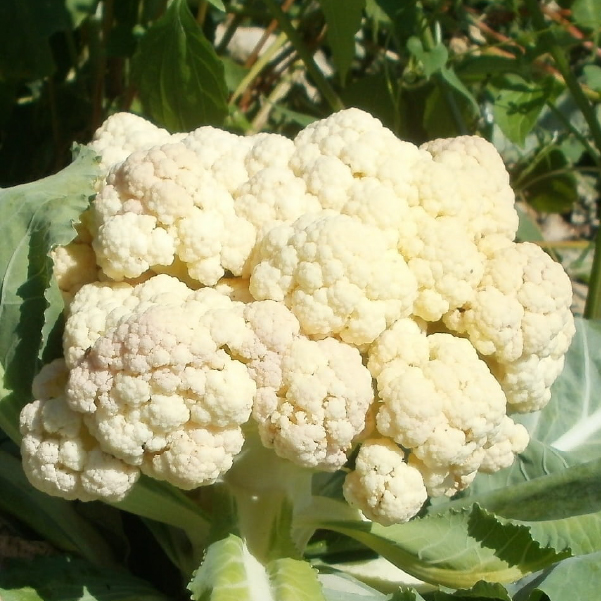Diamondback moth (Plutella xylostella), sometimes known as the cabbage moth, are widespread pests of brassica crops. Adults are small slender grey-brown moths with a lighter band along its back which forms a diamond shape, from where they get their common name. Larvae are green and develop through four instars in about 3 to 4 weeks. The diamond moth eggs are oval and flattened, yellow or pale green in color. The females lay eggs only on the leaves of the Brassicaceae family. While the larvae are colorless in the first instar, they are pale or emerald green with black heads in later instars. Pupation occurs in a loose silk cocoon which are usually found on the lower or outer leaves of the host plant. Diamondback moth can undergo several generations in a crop cycle and form high populations if not controlled at an earlier stage. Moths can migrate long distances on the wind and also migrate between adjacent fields.
Plant damage
Plant damage is caused by the larval feeding on leaves, buds, flowers and seed buds and although the larvae are small, in large numbers it can result in complete removal of foliar tissue except the major veins. Feeding is particularly damaging to seedlings, and also the developing cabbage head before it closes. Diamondback moth infestations can cause rejection of produce.
Natural Enemies
There are natural enemies of the diamondback moth.
For more information contact your local BioBee field agent.













